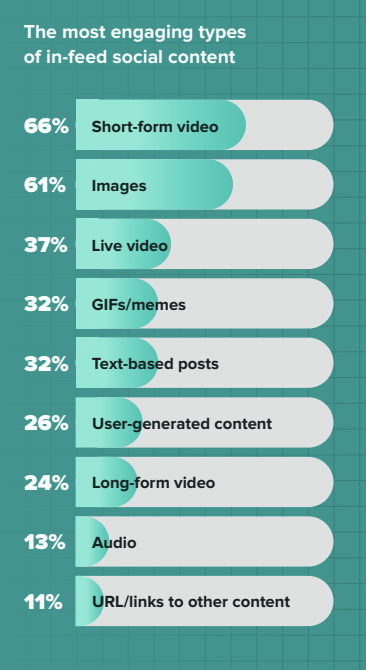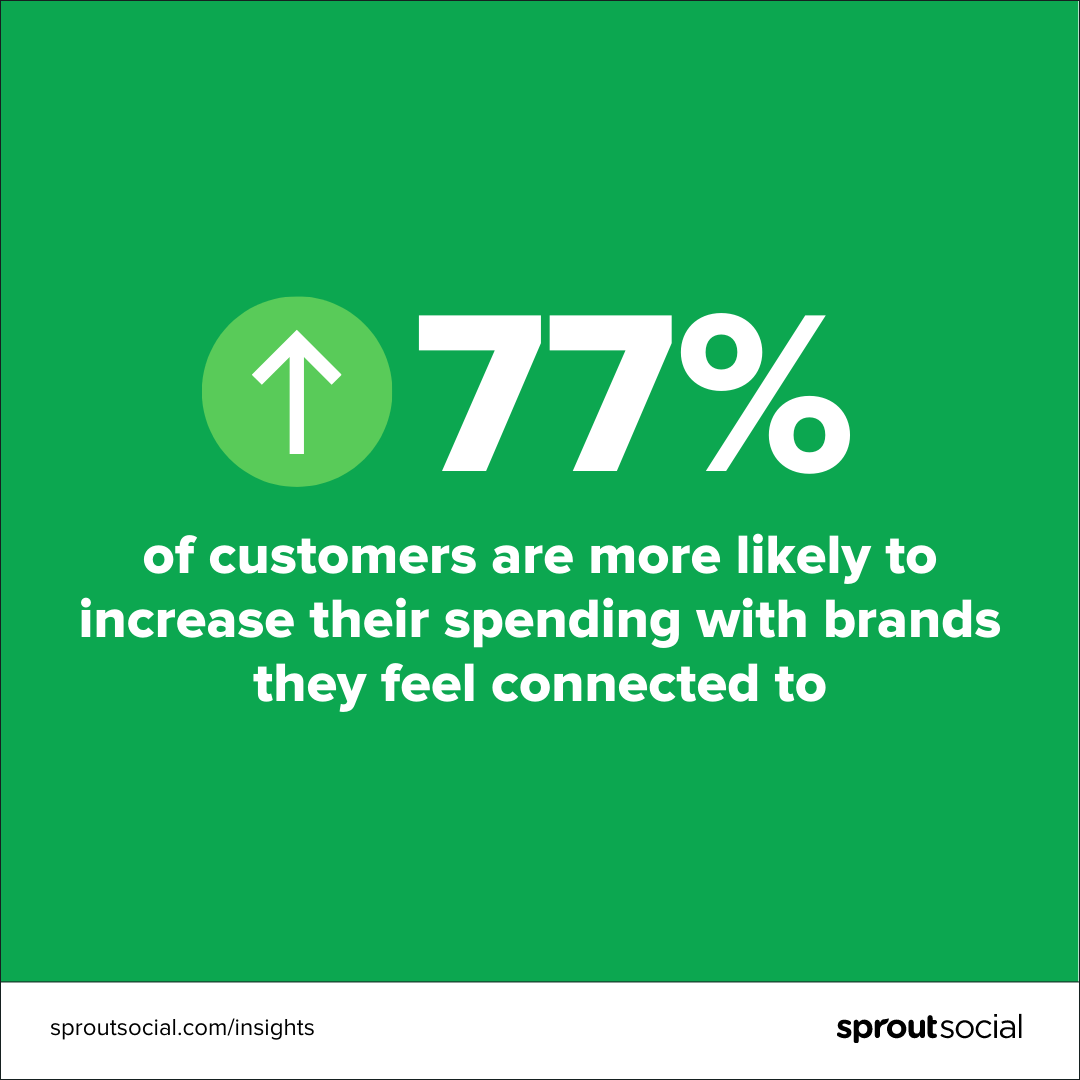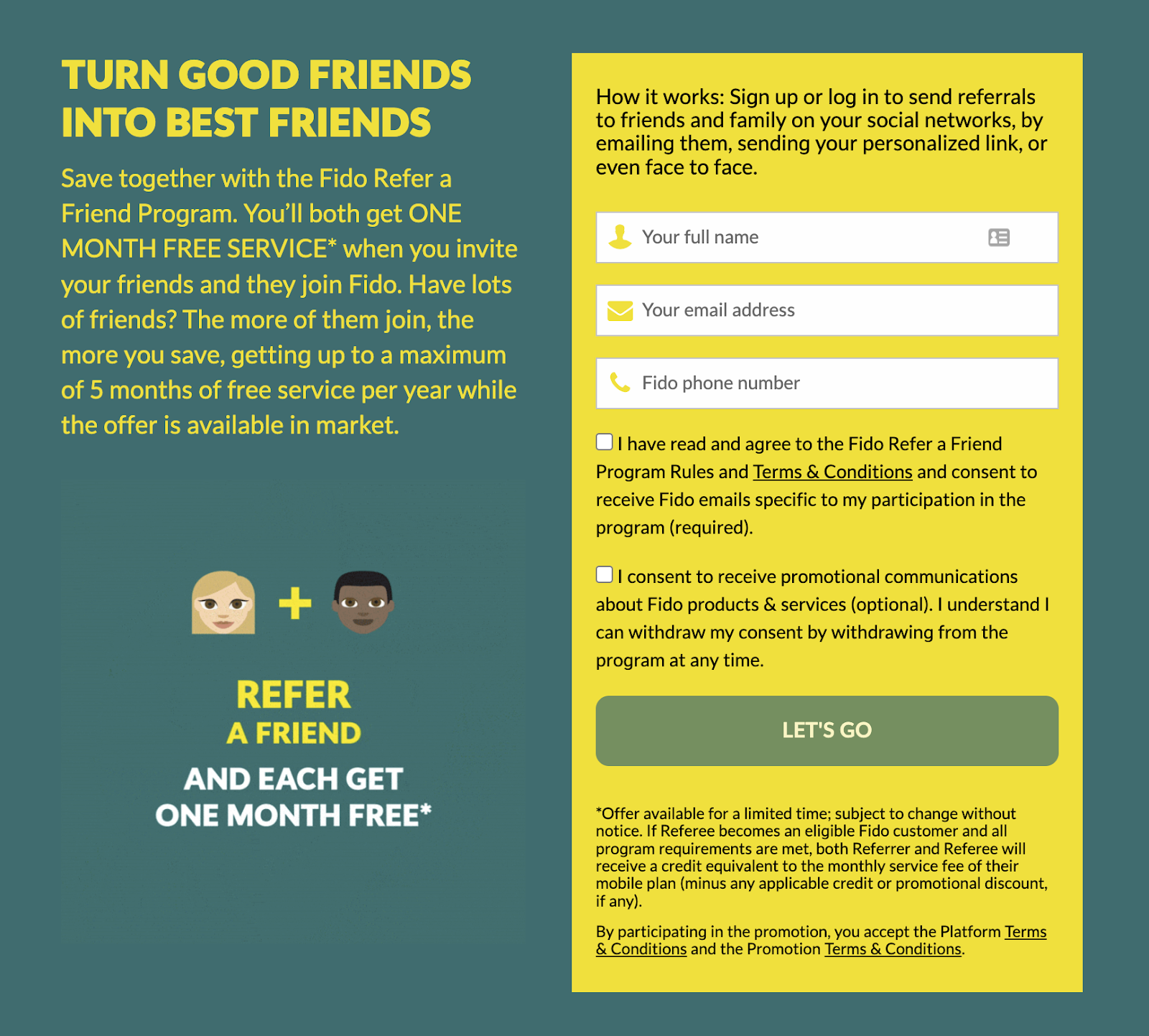Are your Instagram posts getting enough Likes and comments? When you’re marketing on Instagram, driving authentic organic engagement should be a top priority.
Sure, you may be creating awesome content. But if no one is Liking or commenting on it, there’s a good chance your account will fall through the cracks. Next thing you know, you’re struggling to get customers from Instagram, and your investment simply goes to waste.
In this guide, we show you exactly what to do to give your Instagram engagement rate a much-needed boost. Let’s dive in.
Table of contents
- What is Instagram engagement?
- How to calculate your Instagram engagement rate
- What is a good engagement rate on Instagram?
- 13 tips to improve your Instagram engagement rate
- Why a good engagement rate matters on Instagram
What is Instagram engagement?
Instagram engagement refers to a measure of how people are interacting with your content. It considers details such as your follower count along with interactions such as likes, comments, saves and shares. This metric helps you gauge how well your content resonates with your audience.
How to calculate your Instagram engagement rate
To calculate your Instagram engagement rate, you’ll need to look at the total number of content interactions. This includes Likes, comments, shares, Story replies and saves. Then use the formula below to calculate.
Engagement rate = (Total interactions/Impressions) x 100
What is a good engagement rate on Instagram?
According to the latest Instagram stats, posts typically get an average engagement rate of 0.98%. So anything around this number should be safe. That said, you’d ideally want to shoot for a higher engagement rate than the platform average.
13 tips to improve your Instagram engagement rate
Now it’s time for the fun part. The following tips will show you how to get more Instagram engagement.
1. Actually engage with your audience
We’re starting this list off easy. To drive more engagement from your followers, you need to interact with them. Social media isn’t a one-way street. If you want to build an engaged audience, you need to acknowledge your followers. Remember, every comment you get means someone took the time to stop, look at your post and share their thoughts. After all that, why wouldn’t you respond?
If you want to build up engagement, know that it takes time and you need to start conversations on posts other than your own. Asking questions, responding to comments and replying to Stories are some of the few ways to engage more with your audience.
With comment threading, it’s even easier to know which ones you’ve missed on your posts. Not to mention, Sprout Social’s Smart Inbox lets you easily check off comments you’ve already responded to.

As your account starts to grow and you get more comments, you might not be able to respond to everyone. But that doesn’t mean you should give up entirely. You can still Like comments or just try to reply to as many as possible.
For instance, Canva has over a million followers on Instagram. The brand deals with hundreds of comments on its posts, so it’s not always viable to reply to every single comment. However, it takes time to respond to comments that ask questions or bring up an important feature.

2. Copy your top-performing posts
What works for you might not work for someone else. Take a look at your past months’ best-performing posts. Is there a common theme among your top performers?
For example, you might find that photos with bright and bold colors get a ton of Likes. Or maybe people are engaging more with Reels that have music in the background.
Use our Instagram dashboard to find your top-performing posts. Then look for commonalities between the posts and try to incorporate more of them in the future.
3. Use Instagram Stories to your advantage
Instagram offers plenty of stickers that make it easy to drive engagement through Stories. Every time someone engages with those stickers, it counts toward your engagement.
Use these stickers to conduct polls and quizzes or get your followers to ask you questions. See how Living Stone Construction creates a simple poll asking people to vote if they like the renovation work. You could make it more fun and competitive by asking people to guess the correct answer to a question.

The question sticker is perfect for hosting an AMA (Ask Me Anything) session. You’ll then be able to share a series of Stories answering those questions.
One of the latest Instagram trends involves using the “Add Yours” sticker. Use this sticker to start a challenge and get people to engage with your brand. Share a prompt and encourage people to participate in your challenge by adding their own content.
4. Promote across networks
It goes without saying that the audience for your Facebook Page might not be the same as the audience on your Instagram account. Chances are that some of your Facebook audience is on Instagram, but they just don’t know that you exist there yet. Don’t be afraid to sprinkle some cross-network promotional posts to encourage more followers.
5. Be strategic with Instagram ads
When Facebook added Instagram into their Ads Manager, new targeting possibilities opened up. Sure, you can boost a post or promote your account, but it’s important to be more nuanced and strategic about it.
Take advantage of the customization by using retargeting and custom audiences. For instance, if you visit a furniture store website like Pottery Barn, you’ll start to get ads from other furniture stores. After searching around for a bookshelf, we found the following ads from other brands that sell furniture.

Custom audiences can come from many sources. But to start, try using:
- Your newsletter lists
- People who have visited your store
- Those who purchased from your website
- People who’ve engaged with your Facebook or Instagram accounts
From there, you’ll then be able to find even more people similar to any of the above audiences using the lookalike audience feature.
Getting familiar with all the Instagram advertising options will put you ahead of your competitors. And retargeting will further help you improve conversions and lower your ad costs.
6. Create more short-form video content
Guess what we found in the 2022 Sprout Social Index? Short-form video is the most engaging type of in-feed social content. That means your Instagram content strategy needs to change direction. And the focus should shift to creating more short-form videos.

In other words, Reels are your best friend for boosting your Instagram engagement. Who knows? It might even be just the thing you need to go viral on Instagram.
Create Reels showing how-to tips and tricks or behind-the-scenes processes, for instance. Reels can be informational as well, providing a quick list of things people might want to know. See how Drunk Elephant creates a Reel listing some reasons why a certain product is great.

7. Make the most of the Collab feature
Instagram recently introduced a feature enabling users to create Collab posts with other users. A Collab post shows up in the Feeds of both of your followers, meaning a chance to garner higher engagement. So make the most of this feature to collaborate with influencers, industry leaders and brand partners.

The Honest Kitchen regularly creates Collab posts with pet influencers to promote its human-grade pet food. This allows the brand to get its products in front of a massive and relevant audience i.e., the pet influencer’s followers. As expected, these posts have managed to garner hundreds of thousands of Likes and comments.
8. Give sneak peeks and hints
Followers love it when you let them in on a secret. Even if they’re public posts, giving sneak peeks and hints of new releases makes the audience think they’re part of a special group. It entices them to guess what’s going on and encourages them to revisit the profile to see if there’s been an announcement.
Check out how Fourth Ray Beauty shares a teaser for an upcoming product without giving too much away. The Reel gives a short close-up shot of the new product. And the caption only gives a hint by including a cherry emoji.

9. Write captions that drive engagement
Your Instagram captions give you the perfect opportunity to include a call for action. In this case, the action would involve some type of engagement. For example, asking a question in your caption would encourage your followers to share their answers in the comments. Or you could share a prompt that would make them want to share their experience or thoughts by commenting.
For example, Pottery Barn shares a carousel post showcasing different stool and pendant pairings for a kitchen island. It then asks followers to vote for their favorite in the comments. Needless to say, the post managed to rack up plenty of comments from enthusiastic followers who wanted to vote.

10. Post your content at the best times
Use our Instagram analytics to find out when the best time to post is for you. You want to post when most of your followers are online and engaging on the app. Even with the best photo and wittiest caption, you could still miss out on engagement if you’re posting at the wrong hour.
We did some research into the best times to post on Instagram, and here’s what we found for Instagram.

But keep in mind that the specific timing may be different for your account. Instagram business accounts offer analytics that tells you when your followers are most active. Use this information to schedule your posts and free up your time to engage with comments. Alternatively, use Sprout’s ViralPost feature to automatically schedule your posts at the optimal time. This feature ensures that your Instagram posts go out at a time when you receive the most engagement.
11. Encourage customer and employee posts
Use branded hashtags to help you organize user-generated content. If you engage in these hashtags and incorporate a UGC strategy, more people will take notice and begin using the hashtags, too.
Your employees can be your strongest advocates as well. Their accounts give a more personal, unfiltered perspective of the company. Remember, people like feeling as if they’re in a secret club. If you reshare from your employees, you’re offering perspectives that your brand normally wouldn’t offer.
12. Host a fun giveaway contest
Who wouldn’t want to win free stuff? That’s exactly why social media giveaways are so great for boosting your Instagram engagement. They get people to engage with your brand in a way you’ve never seen before.
Whether the contest involves commenting, sharing or contributing a story–you get to drive engagement either way.
That said, your giveaway contest must be strategic and intentional. Make sure to design the rules keeping your goal in mind i.e., boosting engagement. Moreover, the prize should be attractive; it should be valuable enough to get people to participate.
For example, Fenty Beauty hosted a Game Day Giveaway for a chance to win two tickets to the Championship Game. The brand would cover the cost of flights, hotels and ground transportation. As you can expect, this post saw more than 17k Likes and almost 18k comments.

13. Improve your Instagram hashtags
It’s a well-known fact that using the right hashtags helps you grow your reach. But with that increased reach comes a greater chance of boosting engagement. The more people see your content, the higher the chance that they’ll engage with it.
Use relevant and niche hashtags that will let you tap into the right audience. The goal is to get Instagram to show your content to users who have shown an interest in topics related to that hashtag. So when these users see your content, they’re likely to check it out and engage.
Why a good engagement rate matters on Instagram
So what’s the big deal about Instagram engagement? Check out these key benefits of having a good engagement rate on Instagram.
Improve platform visibility
The Instagram algorithm uses several factors to rank and display content. While relevance is one crucial element, engagement is another major consideration. Even among relevant content, posts that see tons of engagement are more likely to show up in a user’s Explore. So having a good engagement rate is essential to improve your visibility on Instagram.
Attract a new audience
With higher visibility comes an increased chance of attracting a new audience. Instagram will typically show your content to people who are most likely to be interested in it. If these users like your content enough, they may want to check out your profile and even follow you. In other words, a good engagement rate may help you grow your Instagram following.
Boost credibility
To the average Instagram user, a post that has tons of engagement means other people are enjoying it. As such, good engagement serves as social proof and reflects positively on your brand authenticity. People may feel more comfortable trusting your brand because so many others are engaging with it.
Start growing your Instagram engagement
These tips will give you a much-needed engagement boost on Instagram. But a one-off spike in engagement numbers isn’t enough. Make sure you’re following these tips consistently to maintain high levels of engagement.
Sprout’s Instagram integration will help you get started by managing all your comments in one place in a Smart Inbox, freeing up time for you to focus on improving your Instagram engagement.
The post 13 Ways to increase your Instagram engagement rate appeared first on Sprout Social.
from Sprout Social https://ift.tt/kpUCPZl
via IFTTT
































